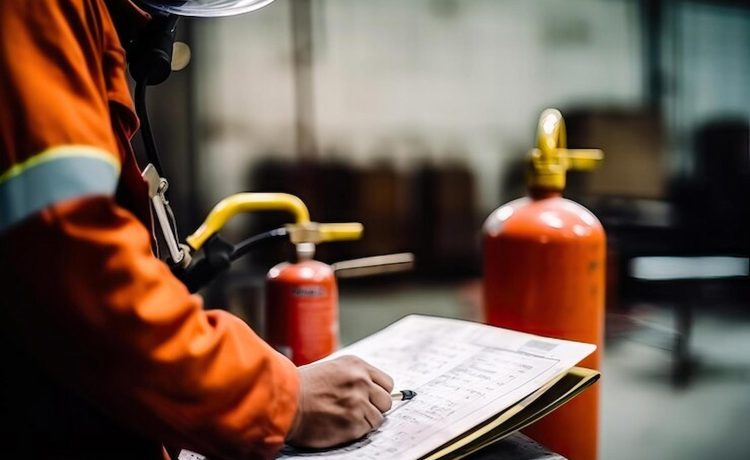Misinformation has a way of getting around, but when it comes to fire safety, these misconceptions and falsities have the potential to be extremely dangerous.
We spoke to some experts who carry out professional fire risk assessments in London to identify some of the most common fire safety myths and determine the difference between fact and fiction.
Smoke is responsible for the majority of fire related casualties – TRUE
When people think of fire, it’s the flames themselves that immediately come to mind and subsequent injuries such as burns. However, although these do occur, it is actually the smoke which is the most dangerous and deadly for occupants in the building.
Because of the toxins, carbon dioxide and various materials that are burning, if inhaled then smoke can very quickly lead to disorientation, confusion and eventually loss of consciousness or worse.
This is why fire safety measures such as smoke detectors and smoke ventilation systems are essential, for the early detection of fire and to help keep vital exits and escape routes clear of smoke so that people can quickly and safely evacuate.
Fire risk assessments are only needed for large buildings – False
Fire risk assessments are an essential fire safety element and a legal requirement for any property that isn’t a single private, domestic dwelling. These vital fire risk assessments should be used as the corner stone for which you base all your buildings fire safety plans around. They work to identify potential hazards, make recommendations for improvements, reduce the chance of fire occurring and help keep people safe.
Not all fire extinguishers are suitable for every type of fire – True
It’s understandable that people think of grabbing the nearest fire extinguisher in an emergency but there are actually many different types that are suitable for specific fires and using the wrong one can make the situation far worse.
For example, in the case of an electrical fire, water-based extinguishers are not suitable and can be extremely dangerous, presenting the additional hazard of electrocution.
Fire extinguisher training is extremely helpful and can give staff, residents and employees the information, knowledge and support they need to know what to do and how to effectively use a fire extinguisher if they ever need to.
If a door handle is not hot, then it is safe to open – False
This is a common myth often seen in movies and TV shows where people touch the door handle to see if it’s hot and if not then they are safe to open it. This lack of heat on the handle isn’t an automatic green light to go through the door. Instead, you should use the back of your hand to check the temperature of the door itself in several areas from top to bottom before you decide whether the temperature is OK and therefore safe to enter.
Fire drills are a necessary process – True
Unfortunately, there have been many times that people have lost their lives as a result of the evacuation process during a fire. Whether it’s failing to locate the most efficient escape routes, not knowing what to do in an emergency or coming face to face with additional hazards, preparation can mean the difference between life and death.
Fire drills create a simulation of what could happen in the event of fire and gives staff, residents and those responsible the chance to observe and act accordingly to adjust protocols, implement new fire action plans and ensure that training is provided where necessary.





